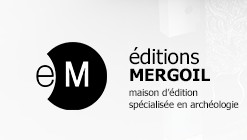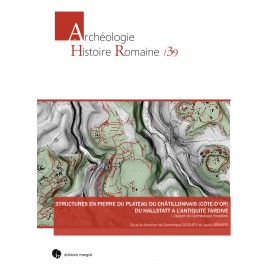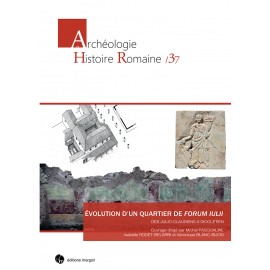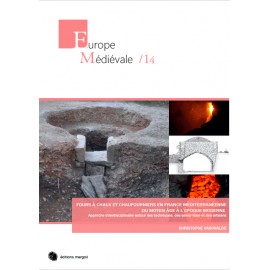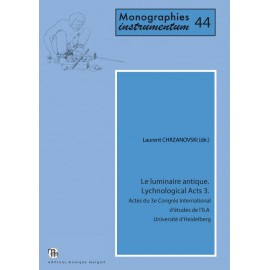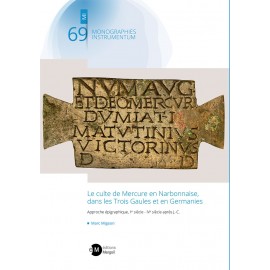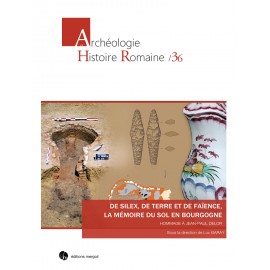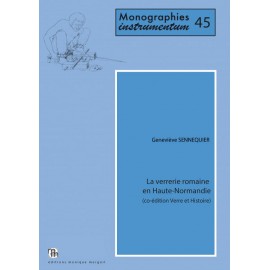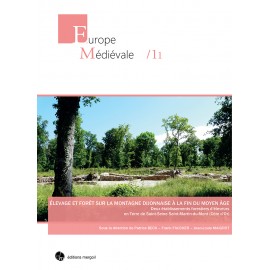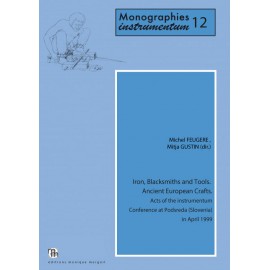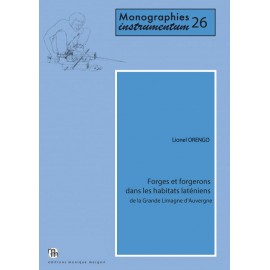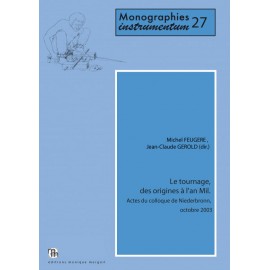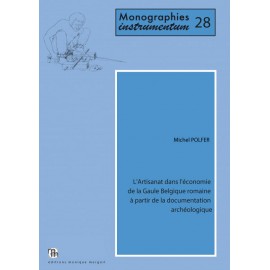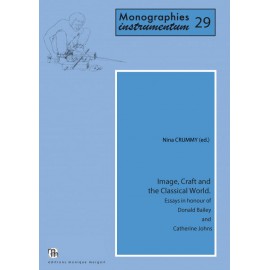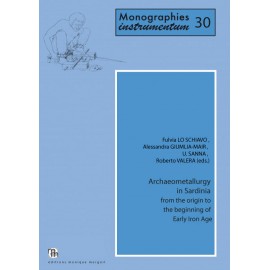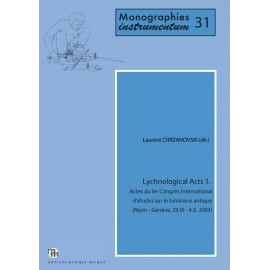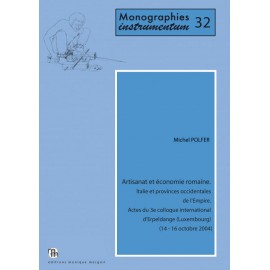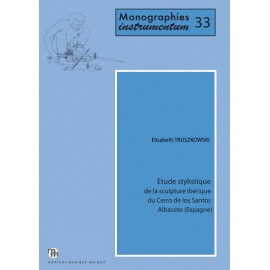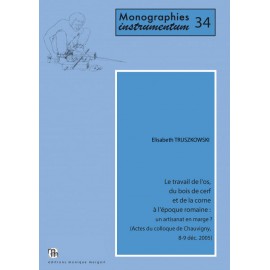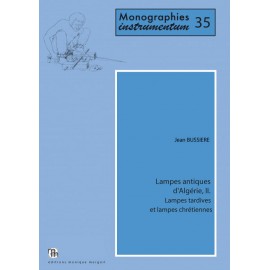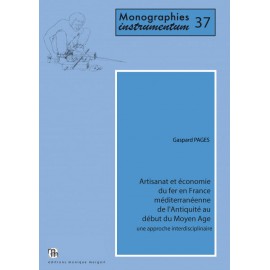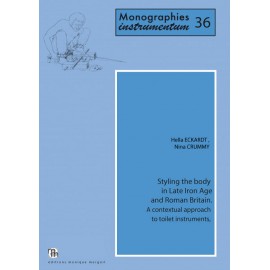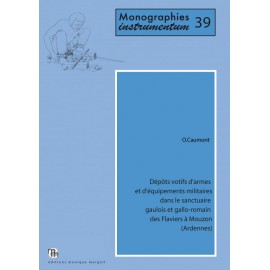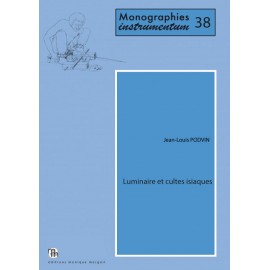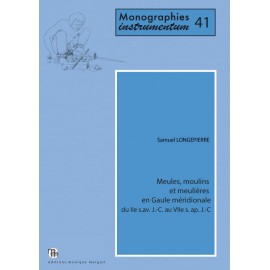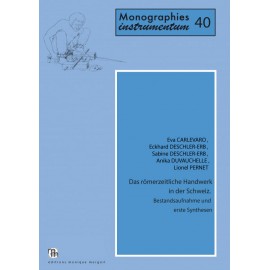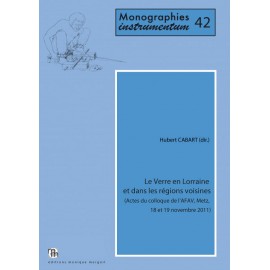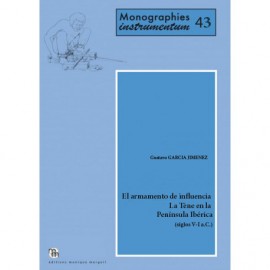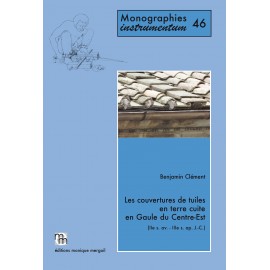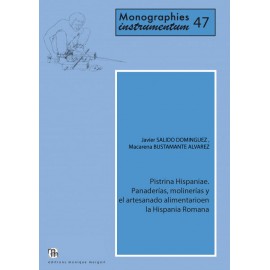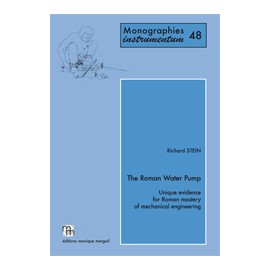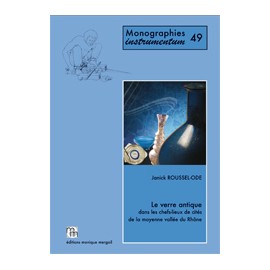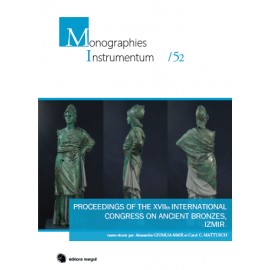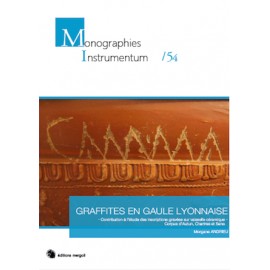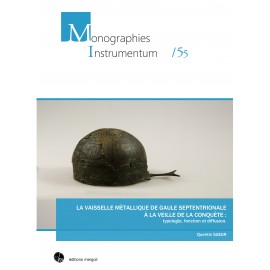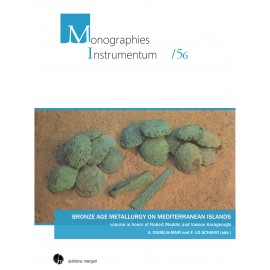No products
Prices are tax included
Product successfully added to your shopping cart
There are 0 items in your cart. There is 1 item in your cart.
Monographies Instrumentum
- Archéologie et Histoire Romaine
- Archéologie Moderne et Contemporaine
- Archéologie des Plantes et des Animaux
- Archéologie du Paysage
- Archives & Histoire de l'Archéologie
- Europe Médiévale
- Monographies Instrumentum
- Préhistoires
- Protohistoire européenne
- Research Protocols
- Off collections
- Les cahiers de saint-michel de Cuxa
- Second-hand
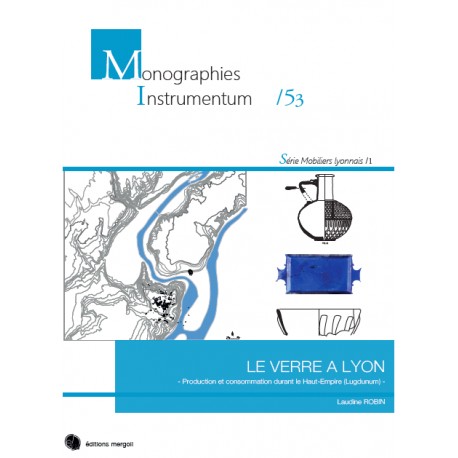 View larger
View larger Le verre à Lyon, production et consommation durant le Haut-Empire (Lugdunum).
MI-53
New
Laudine ROBIN - MI-53 - Le verre à Lyon, production et consommation durant le Haut-Empire (Lugdunum). - Préface M. POUX, 2016, 554 p., nbr. ill. coul. (ISBN : 978-2-35518-057-6)
Director of "mobiliers lyonnais" : A. DESBAT, M. FEUGERE, M. POUX
More info
Located in midst of river and land courses, Lyon-Lugdunum, capital of the Three Gauls, had a prominent position for trade and distribution of glass objects during the Earlier Roman period. Glass archaeological studies had only unraveled a limited part of Lyon’s glassware, hence not fully exploiting the richness of this source of information.
The discovery of several workshops on the left river bank of the Saône, in the Saint-Vincent quay, shows that Lyon had an important role in the production of glass, as it did for pottery. This study investigates the structure and operating modes of four of these workshops and of another one located in the area of the Croix-Rousse. Careful analyses enabled a better understanding of their production. A parallel study of local consumption centers allowed comprehending how this production was distributed and differentiating it from imported glassware from other regions of the Empire. The latest developments in preventive archaeology, in addition to data collected from excavations, led to the discovery of several glassware sets. Glass objects from ten domestic sites, mainly located in the Fourvière area and Lyon’s peninsula, were thoroughly studied. Furthermore, glass pieces from eleven funerary sites, located in the city’s suburbium (the Vaise plain and the Point du Jour plateau) were analyzed.
The review of all collected data, from both production and consumption sites, allows suggesting a specific chronotypology for Lugdunum during the Earlier Roman Empire. This model enables a deeper understanding of product diffusion on a local scale and provides hints on glass trading of the Three Gauls with the rest of the Roman Empire.
PREFACE
REMERCIEMENTS
INTRODUCTION:
Cadres géographique et chronologique - Historiographie de l'archéologie du verre à Lyon - Organisation de l'étude - Méthodologie - Abréviations.
L'ARTISANAT DU VERRE:
Introduction - Quai saint-vincent - Plaine de vaise - Pentes de croix-rousse - Les découvertes isolées.
LES SITES DOMESTIQUES:
Lyon, sa fondation et son évolution topographique - Colline de fourrière - Presqu'île et pentes de la croix rousse.
LES SITES FUNERAIRES:
Lyon et ses ensembles funéraires - Plaine de vaise - Plateau du point du jour.
SYNTHESE
CONCLUSION
TYPO-CHRONOLOGIE:
La vaisselle moulée - La vaisselle soufflée à la volée - La vaisselle soufflée dans un moule - Varia.
CATALOGUE ILLUSTRE
PLANCHES
BIBLIOGRAPHIE
